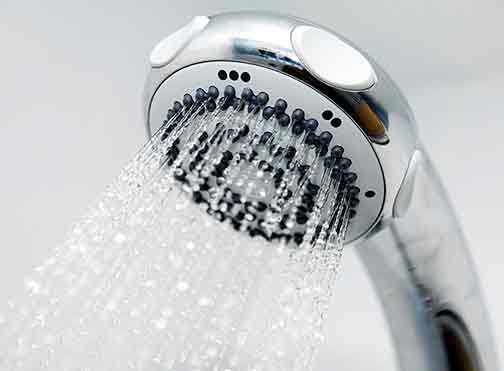
As a frugal homeowner, we understand the importance of finding ways to save money on household expenses. One area where you can make a significant difference is by implementing plumbing solutions that help reduce water usage. Below we will share seven quick and effective plumbing solutions that can help you save money on your water bill. Whether you are a DIY enthusiast or prefer to hire a nearby plumber, these solutions are easy to implement and will have a positive impact on your finances.
Upgrade to Water-Efficient Fixtures
One of the easiest ways to lower your water bill is by upgrading to water efficient fixtures. Old toilets, faucets, and showerheads can waste a significant amount of water. By replacing them with low-flow options, you can conserve water without compromising on performance.
If you have a toilet that was installed before 1994, consider replacing it with a low-flow toilet. These toilets use less water per flush and can save up to 60% more water compared to older models. Similarly, installing low-flow showerheads and faucets can reduce water usage while still maintaining a satisfying water pressure.
Fix Leaks Promptly
Leaking pipes and fixtures can quickly add up to a higher water bill. The smallest drip can waste a significant amount of water over time. Therefore, it is crucial to fix leaks promptly.
Regularly inspect your plumbing system for any signs of leaks. Look for water stains, wet spots, or mold growth around pipes and fixtures. If you notice a leak, hire a professional leak detection service or fix it yourself if you have the necessary skills. Taking care of leaks as soon as possible will prevent water waste and save you money.
Install Faucet Aerators
Faucet aerators are inexpensive devices that can be easily installed on the end of your faucets. They work by mixing air with the water stream, reducing the flow rate without compromising water pressure. Installing aerators on all your faucets can help you save water and reduce your water bill.
Insulate Your Pipes
Insulating your plumbing pipes is not only beneficial for energy efficiency but also for water conservation. Insulated pipes are less likely to lose heat, which means you won’t have to run the faucet for as long to get hot water.
By reducing the time it takes for hot water to reach the desired temperature, you can save both water and energy. Insulation materials, such as foam pipe sleeves, are readily available at hardware stores and can be easily installed by wrapping them around the pipes.
Utilize Rainwater Harvesting
Rainwater harvesting is an excellent way to conserve water and reduce your reliance on the municipal water supply. By installing rain barrels or cisterns, you can collect rainwater that can be used for purposes like watering your garden or washing your car.
Set up a rainwater harvesting system by placing containers under your downspouts or connecting them to your gutter system. Make sure to cover the containers to prevent mosquito breeding and algae growth. This method not only helps you save money but also promotes sustainable water usage.
Opt for Drip Irrigation
If you have a garden or plants that require regular watering, consider switching to drip irrigation. Unlike traditional sprinkler systems that can waste water through evaporation or overspray, drip irrigation delivers water directly to the root zone of plants.
This targeted approach reduces water waste and ensures that plants receive the necessary moisture without excess runoff. Drip irrigation systems are readily available at garden centers and can be easily installed. They also allow you to set up timers, making it convenient to automate the watering process.
Be Mindful of Your Water Habits
Lastly, one of the most effective ways to lower your water bill is by being mindful of your water habits. Simple actions like turning off the faucet while brushing your teeth, taking shorter showers, and only running the dishwasher or washing machine with full loads can significantly reduce water consumption.
Encourage your family members to adopt water saving habits and make it a household initiative. By working together, you can make a positive impact on the environment and save money on your water bill.
In Summary
Lowering your water bill doesn’t have to be a daunting task. By implementing these seven quick plumbing solutions, you can make significant strides in reducing your water usage and saving money. From upgrading to water efficient fixtures to being mindful of your daily habits, every step counts.
Remember, the key is to be proactive and address any leaks or inefficiencies promptly. By doing so, you can enjoy the benefits of a reduced water bill while contributing to a sustainable future. So why wait? Start implementing these plumbing solutions today and see the positive impact they have on both your wallet and the environment!
